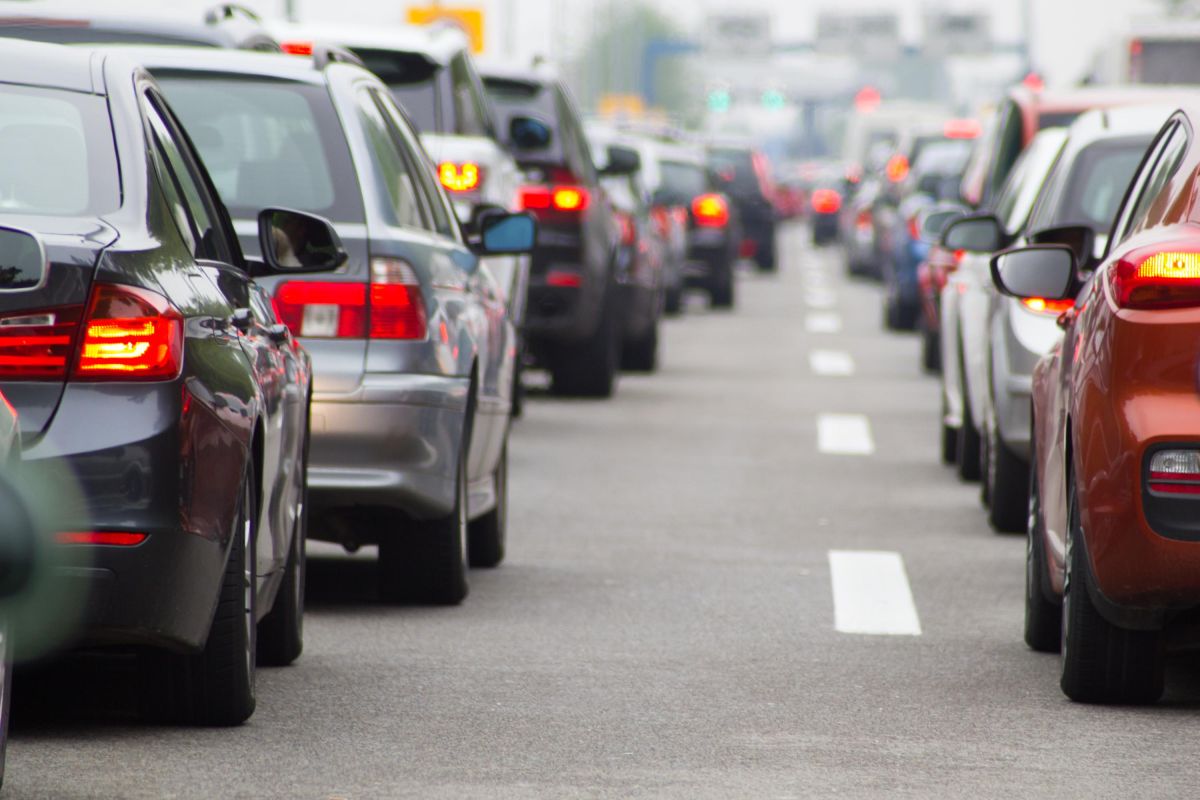The U.S. House of Representatives on Sept. 20 passed House Joint Resolution 136, which would eliminate the EPA’s auto emissions regulation finalized earlier this year.
The resolution now goes to the U.S. Senate for voting. If passed, it will go to President Joe Biden’s desk for signing.
Biden has already indicated he will veto the resolution, saying the regulation “sets performance-based standards that manufacturers can meet using a wide range of technologies and avoids over seven billion metric tons of carbon emissions while significantly reducing other pollutants. These standards will provide important health benefits to millions across the country.”
Biden also noted it is “supported by U.S. automakers and autoworkers and disapproval of the rule would jeopardize development in a critical technology sector, ceding the electric vehicle and battery future to global competitors like China.”
Under the new regulations, announced in June, starting with model years 2027-2031 for passenger cars and 2029-2031 for light trucks, fuel economy will increase by 2% annually, bringing the average light-duty vehicle fuel economy to approximately 50.4 miles per gallon by model year 2031, projected to save more than $600 in fuel over a vehicle's lifetime.
Fuel efficiency for heavy-duty pickup trucks and vans will increase by 10% annually for model years 2030-2032 and by 8% annually for model years 2033-2035. By model year 2035, these vehicles will average about 35 miles per gallon, projected to save owners more than $700 in fuel costs over their vehicle's lifetime.
After the resolution was passed by the House, the Automotive Service Association (ASA) released a statement applauding the vote. The association said the rule will limit consumers’ choices in powertrains, while subjecting independent repairers to “severe hardship” as they are forced to adapt more quickly to EVs by investing in training, equipment and even more property for safe EV storage.
“The U.S. House’s vote to advance H.J. Res. 136 provides independent automotive repairers hope that the transition to EV will provide an adequate amount of time for shops to adjust,” the ASA said.
“The U.S. House should be commended for its efforts to make sure independent auto repairers aren’t left behind,” added Scott Benavidez, president of the ASA Board of Directors and owner of Mr. B’s Paint & Body Shop in Albuquerque, NM. “The automotive repair industry isn’t pro- or anti- EV. We just want to make sure that we can repair our customers’ vehicles.”
In late July, 26 states, led by West Virginia, filed a petition for judicial review, claiming the regulations impose undue burdens on the automotive industry and overstep the legal bounds set for the National Highway Traffic Safety Administration.












